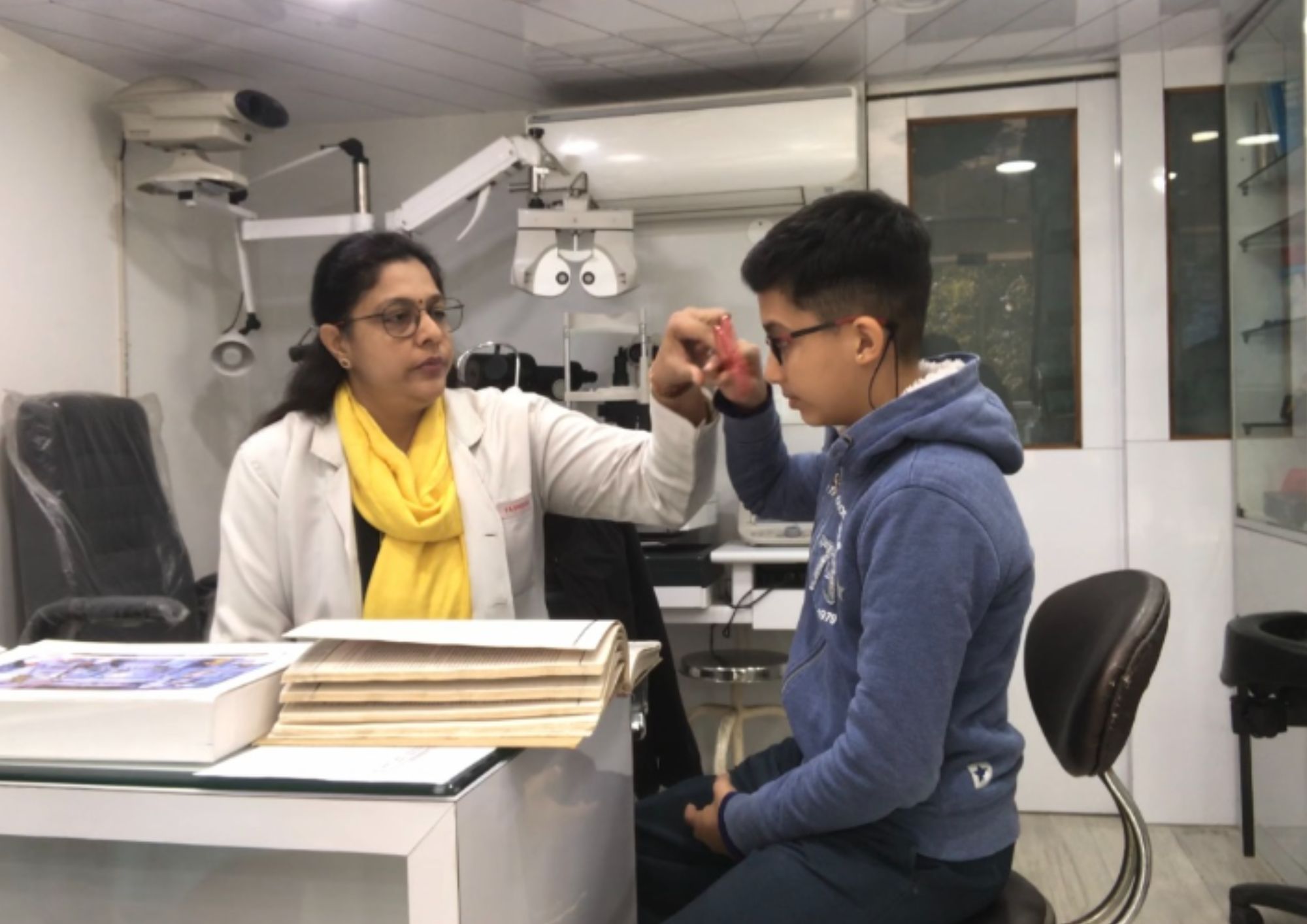Discovering the Cutting-Edge Technologies Used for Vision Improvement
In the ever-evolving landscape of vision modification technologies, a world where innovation and precision merge, a myriad of advanced innovations have improved the opportunities for enhancing aesthetic skill. From the elaborate world of innovative laser procedures to the world of expert system applications and genetics treatment breakthroughs, the area remains to push borders and redefine what was once believed to be unattainable. With each innovation comes the prospective to change just how we perceive and attend to vision-related obstacles, providing an alluring glance into a future where quality and precision regime supreme.
Advanced Laser Procedures

One more sophisticated laser procedure acquiring popularity is PRK (Photorefractive Keratectomy) This strategy involves removing the outer layer of the cornea prior to reshaping it with a laser. While the recuperation time for PRK is longer contrasted to LASIK, it can be a better option for people with thin corneas or various other corneal irregularities. Both LASIK and PRK have high success rates in enhancing vision and are considered secure and reliable approaches for vision modification.

Implantable Instruments Development
Innovations in implantable tools are reshaping the landscape of vision improvement, offering brand-new possibilities for individuals looking for irreversible solutions to refractive mistakes. These cutting-edge devices, such as phakic intraocular lenses (IOLs) and implantable collamer lenses (ICLs), are made to fix a vast array of refractive errors, consisting of nearsightedness, hyperopia, and astigmatism. Unlike typical glasses or contact lenses, implantable devices offer a more long-term option by being positioned inside the eye to deal with vision.

Wavefront Modern Technology Enhancements
The development of wavefront technology in vision improvement has actually revolutionized the precision and modification of refractive treatments. By utilizing sophisticated wavefront sensing units, this technology permits an in-depth evaluation of the eye's distinct aberrations, making it possible for ophthalmologists to tailor therapies with extraordinary accuracy. Wavefront-guided LASIK, as an example, surpasses standard methods by resolving not only typical refractive mistakes like nearsightedness, farsightedness, and astigmatism yet likewise higher-order aberrations that can affect visual top quality.
One secret improvement in wavefront innovation is the growth of tailored therapy plans based on private eye measurements. This level of modification makes sure that each procedure is customized to deal with the details imperfections of the patient's eye, leading to boosted visual outcomes and individual fulfillment. Additionally, continual improvements in wavefront technology have actually resulted in boosted diagnostic capacities, enabling more exact pre-operative evaluations and post-operative analyses to keep track of the performance of the treatment. In general, these improvements in wavefront technology have actually significantly added to the refinement and efficiency of vision improvement procedures, offering individuals a higher level of aesthetic skill and quality post-treatment.
Artificial Intelligence Applications
With the progression of wavefront innovation in vision modification leading the way for tailored therapies, the assimilation of artificial intelligence applications is currently positioned to further enhance accuracy and performance in refractive procedures. Expert system (AI) brings a brand-new level of elegance to the area by assessing large quantities of information to boost decision-making processes during vision improvement surgical treatments. AI formulas can assist ophthalmologists in pre-operative preparation by forecasting the optimal therapy specifications based on individual person information, such as corneal density, refractive error, and various other relevant factors. Throughout the procedure, AI can dynamically change treatment parameters in real-time, optimizing the precision of the improvement. Furthermore, post-operative tracking and modification can additionally gain from AI applications, making sure much better results and lowered risks of problems. By leveraging AI in vision modification treatments, description eye doctors can supply individuals personalized therapies that are not only more exact but additionally tailored to their unique aesthetic needs, inevitably resulting in improved individual fulfillment and visual end results.
Gene Treatment Developments
Current innovations in genetics therapy have ushered in a new era of precision medicine, transforming the landscape of medical treatments. In the realm of vision modification, genetics treatment innovations supply encouraging solutions for various genetic eye disorders. By targeting particular genes in charge of conditions like retinitis pigmentosa, Leber hereditary amaurosis, and various other hereditary retinal illness, gene therapy aims to address the root causes of these conditions at a molecular level.
One noteworthy advancement in gene therapy for vision adjustment is Luxturna, approved by the FDA in 2017. Luxturna is a pioneering gene therapy treatment for people with inherited retinal diseases caused by mutations in the RPE65 genetics. Through the delivery of a functional copy of the RPE65 genetics right into retinal cells, Luxturna has actually revealed substantial renovations in vision for people with these hereditary conditions.
As research in gene treatment remains to advancement, the potential for customized therapies for a variety of other hereditary eye browse around this web-site conditions grows exponentially, offering wish for enhanced vision results and quality of life for affected people.
Final Thought
In final thought, the field of view improvement is regularly developing with the use of sophisticated innovations such as advanced laser treatments, implantable gadgets, wavefront technology, expert system, and gene treatment. retina service near me. These advancements have actually reinvented the way vision concerns are dealt with, supplying more precise and reliable solutions for people. As innovation remains to advancement, we can anticipate much more breakthroughs in the future that will better enhance the top quality of vision adjustment therapies